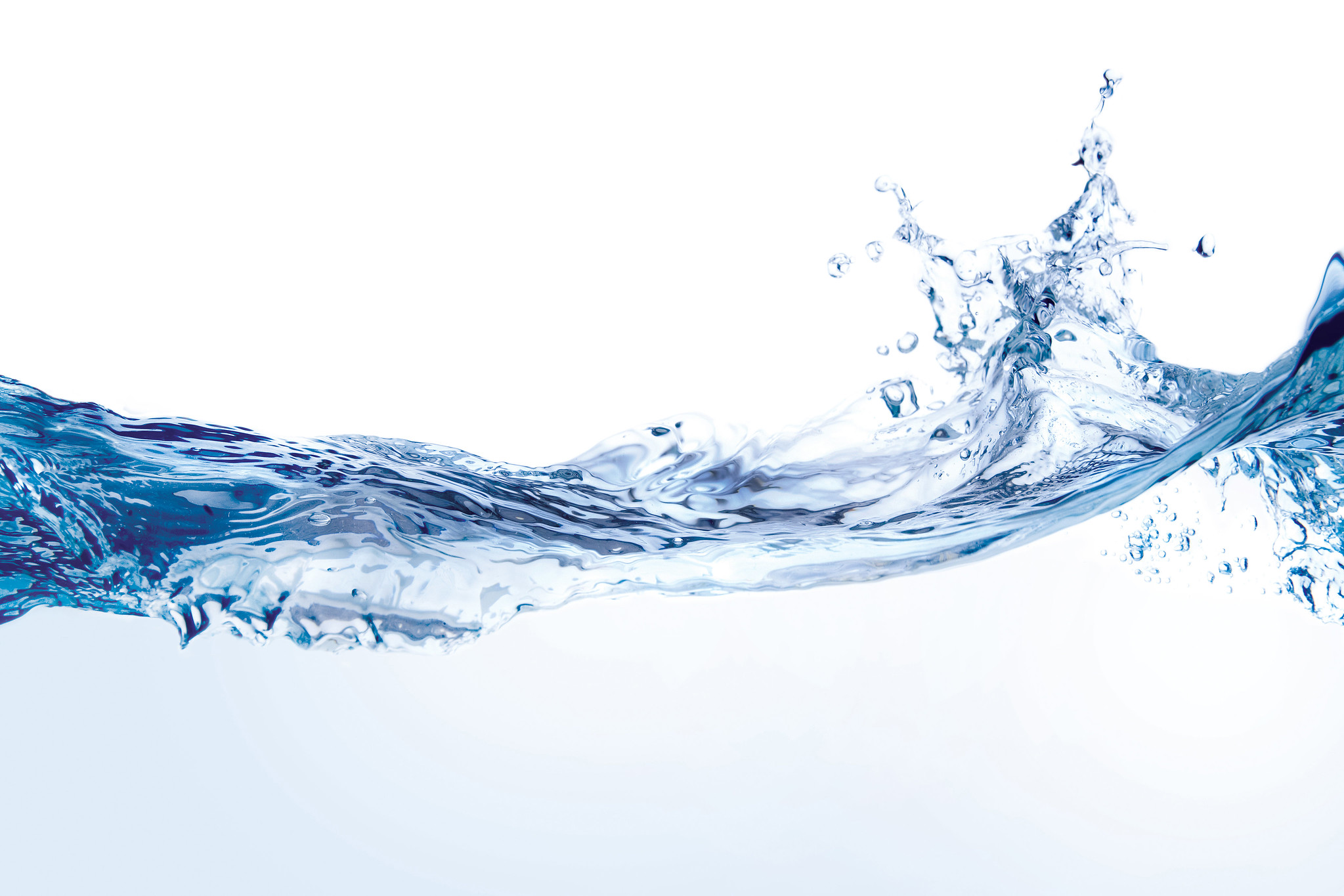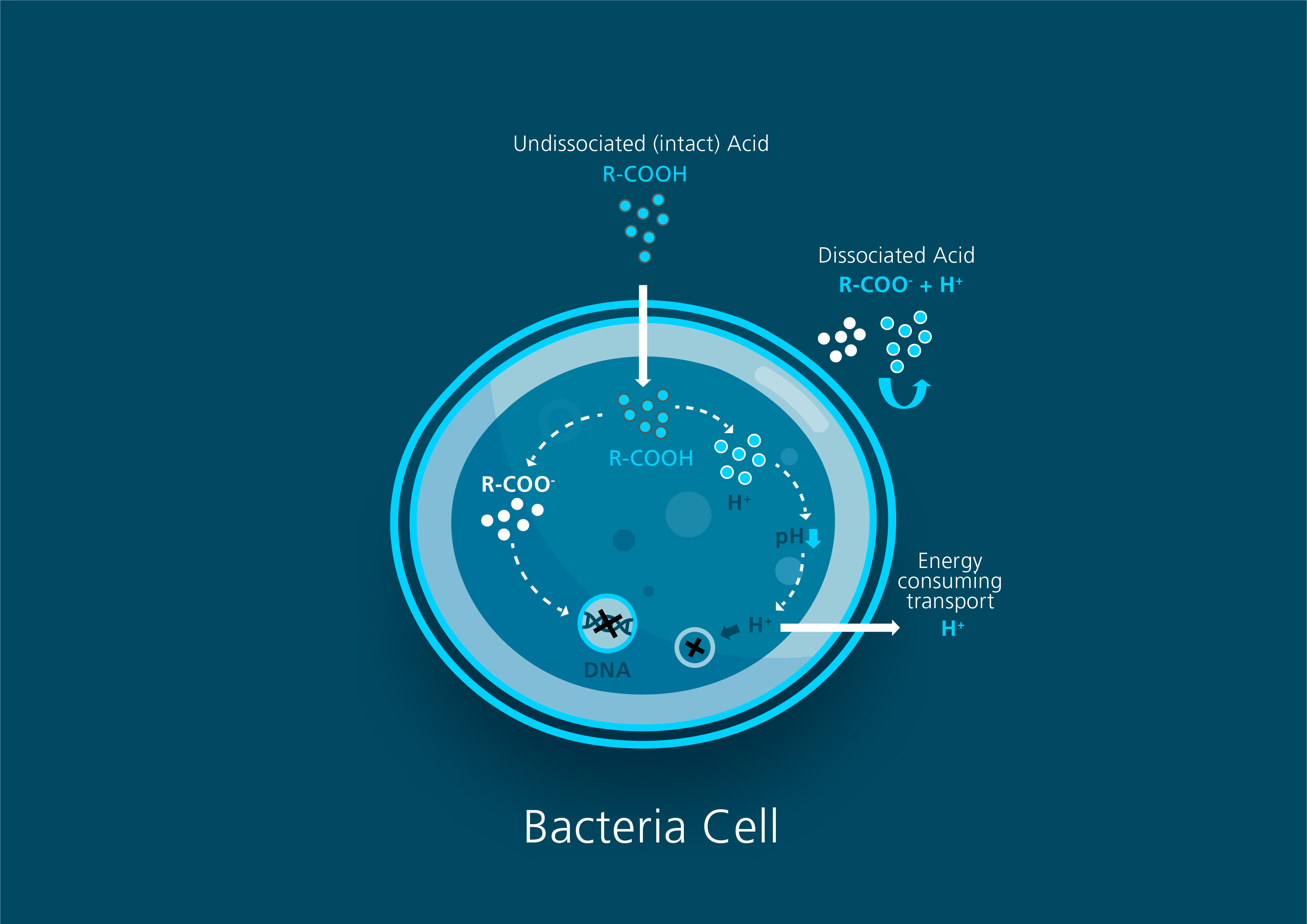



Organic acids and their role on animal performance and welfare
Sofia Rengman, Perstorp Global Technical Manager Gut Health based in Sweden, and Jonathan Broomhead, Perstorp Regional Technical Manager based in the US, share valuable insights about water quality and its impact in poultry production.
Perstorp invites you to join their one-hour water quality webinar October 14, 2021, at 9 am CDT. Click here to sign up or learn more about the webinar: Organic acids, more than a water acidifier.
Why is water quality important in poultry production?
Jonathan Broomhead: Water quality is a broad term that encompasses many different variables. If water is contaminated, whether by water source or improper maintenance, then the birds won't drink and performance can suffer. Water is the most important nutrient; it has larger intake, typically twice that of feed. It's also an important part of a farm biosecurity plan and should be a source of nutrition, not infection.
What water quality issues should the farmer be concerned with?
Jonathan Broomhead: Water contaminants can be biologic, such as bacteria, yeast or mold, or they can be chemical, such as minerals or improper pH. Quality concerns can come from either the water supply, like a well or perhaps a city water source, which can be biologic and chemical. Or it can be produced within the waterlines, like biofilm which are biologics that can build up inside the waterline.
What happens if water quality isn't maintained?
Sofia Rengman: Contaminants like microbes, some of which can be pathogenic, can build up either in the water source or in the pipes. Holding tanks or dead ends in pipes are optimal places for microbes to multiply and buildup to occur. It’s important that the entire system is kept clean.
If you have any contaminant buildups, these could be flushed from the water pipes and then consumed by the birds, possibly causing sickness. Contaminants can also make the water taste a bit strange or adverse, so water intake is reduced.
Clogging of pipes and nipples can reduce the water flow in the system and reduce the amount of water available to the birds. If you're really unlucky, a buildup may stop your water flow entirely.
Farmers put a lot of effort in keeping their biosecurity program as optimal as possible. However, water is sometimes forgotten as the flow of water on the farm is often taken for granted. In reality, water moves through the whole farm, not only as drinking water, but it’s also used to clean the farm. If the water isn't clean when cleaning the farm, it’s possible to spread pathogens and disease around the farm.

How is poultry impacted by water quality?
Sofia Rengman: Studies clearly show that reduced water intake by the bird immediately reduces feed intake, which reduces production performance. Also, if there are pathogens in the water or the birds drink too little water, this will cause stress on the animals. Birds are under quite a lot of different stresses, and they quickly add up. Suddenly, there is just too much stress and the birds become ill. There are many stressors that can't be avoided, for example vaccinations and feed changes, but clean water can reduce the bird’s stress level.
As Jonathan mentioned, water is the largest intake of any nutrient, so if you can reduce the general pathogenic pressure in the water and the environment, it will reduce the risk of more severe disease outbreaks. By reducing the pathogenic pressure in the water and ensuring birds drink as needed, it will improve production efficiency and animal health and welfare.
What can producers do to improve their biosecurity from a water perspective?
Jonathan Broomhead:
Test The producer should test the water supply initially to determine what microbials and minerals are present along with the pH level. Also, take samples from where the birds are drinking from - the drinkers or nipples – in several locations. Because buildup can happen in any part of the waterline, test water in the middle and end of water drinker lines and at multiple waterlines throughout the farm.
For best analysis, also open a waterline at the end and do a swab test. This identifies what's in the waterline versus what's coming out of the waterline. This test can really show how much cleaning needs to be done. An additional step to consider is to open the end caps and use fiber optics to determine what the pipes look like on the inside.
Inspect The producer should inspect the injectors, holding tank and filters, both for working order and cleanliness.
Clean When the house is empty between flocks, power flush all lines to help release some of the debris that's stuck to the lines. Then fill with appropriate cleaners, such as hydrogen peroxide then peracetic acid for the specified time for each.
During this time, it's important to activate the drinkers so the cleaning solutions actually come out through the nipples. Also, this is a good time to clean the regulators. If you have a high mineral water source, then apply a descaler to remove the lime build-up.
Maintain Finally, maintaining water quality when the birds are in the building includes daily water treatments, such as chlorine and acidifiers. A regular water testing program should be developed and followed to monitor water quality. These programs are not one-size-fits-all and should be developed on a farm-by-farm basis.
When decreasing the pH of water, does the type of acidifier matter?
Jonathan Broomhead: Both inorganic, which are considered mineral acids, and organic acids, can reduce the pH of the water below the optimum growth range of enterobacteria, which is typically between 4.5 to 8.5 pH.
Inorganic acids are considered strong acids, in that they will fully dissociate in water. Dissociation of acid is basically the releasing of the hydrogen ions, which is causing the acidifier effect, lowering the pH.
Organic acids are considered weak acids, since not all of the molecules will dissociate in water. Some of the molecules will remain undissociated, in that they stay intact by not release their hydrogen ion. The benefit of an undissociated organic acid is that it has the ability to cross the cell wall of the enterobacteria. Once inside the neutral pH of the cell it will dissociate, releasing the hydrogen and decrease the pH. The bacteria will then pump out this hydrogen to try to readjust its pH. In the meantime, it'll use up all its energy to do this, resulting in cell death. Additionally, when the hydrogen ion is released in the cell, the anion of the dissociated acid has also been shown to disrupt bacteria RNA and DNA synthesis, affecting replication.
Therefore, organic acids have an additional benefit over inorganic acids at killing bacteria. The inorganic acids just dissociate, reducing the environmental pH, but the organic acid can inhibit bacteria via two mechanisms 1) reducing the environmental pH and 2) actually penetrating the bacterial cell and killing it from the inside.

How are organic acids a sustainable tool to help improve animal performance and welfare?
Sofia Rengman: When the birds drink water treated with organic acids, the undissociated acids will continue to exert their effects inside the bird. The organic acids, together with the water, will reach the crop and gizzard where it is mixed with feed and other materials that the birds have consumed and the organic acids can continue to reduce pH and bacterial growth.
Also, nutritionists work very hard to reduce the buffer capacity of the feed. If you have a low feed buffer capacity, the feed is usually easier to degrade and digest for the animal. The organic acids can help to further reduce the buffering capacity, when added directly to feed or indirectly via water exposure in the crop and gizzard.’
This has a positive effect on both the bacterial control and the feed digestion and utilization. Reducing the buffering capacity is especially important in the young chicks since they have an immature gastro-intestinal system, therefor limiting its ability to reduce pH in the proventriculus and ventriculus and to produce digestive enzymes. Reduced feed digestion and utilization prevent the bird from growing at its genetic potential. In addition, undigested feed residues in the intestine can be a substrate for pathogenic bacterial growth which can cause intestinal inflammation, wet droppings and poor animal health and wellbeing.
Again, the benefit with organic acids is that they continue to do the job inside the animal; it doesn't stop with the water. A drawback is that organic acids work mainly in the upper part of the gastrointestinal tract - the gizzard, crop, and a bit in the proventriculus. However, many issues with animals later in their growth cycle come from unwanted bacterial overgrowth in the intestines.
How do organic acids impact gut health?
Sofia Rengman: When people think about gut health, they usually think about intestinal integrity, beneficial microbiota or optimal feed conversion. Organic acids, as is, do not typically reach the intestines of the animal. However, positive effects on digestion and bacterial control in feed and crop and gizzard will bring a secondary benefit to the intestines since less bacteria are transferred to the intestines, causing fewer problems throughout growth.
Now, not only do we offer a blend of organic acids with our ProPhorce™ Exclusive NC, but we also added both essential oils and butyrins. Butyrin is an esterified butyric acid that is very resistant to heat and pH-changes. It will pass the proventriculus and ventriculus and go all the way down to the intestine, where it's broken down by the pancreatic enzymes. It's not activated until it reaches the intestine, where it will do its job of improving intestinal efficacy and integrity. With this product, we can cover a broader gut health requirement of the bird via the water, working within both the upper part and the intestinal part of the gastrointestinal tract. It's a more complete product that can be integrated into a farm’s biosecurity program, covering both outside and inside of the animal.
Perstorp invites you to join their one-hour water quality webinar October 14, 2021, at 9 am CDT. Click here to sign up or learn more about the webinar: Organic acids, more than a water acidifier.
To view another water quality resource featuring Susan Watkins, click here for Water Quality: Essential for Optimal Gut Health.









